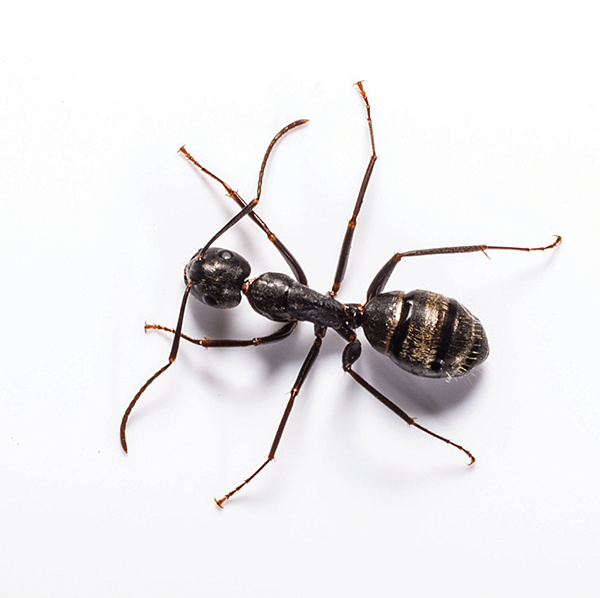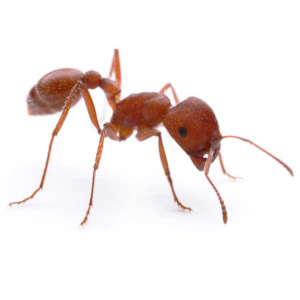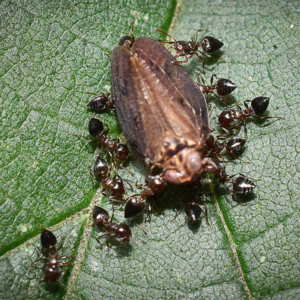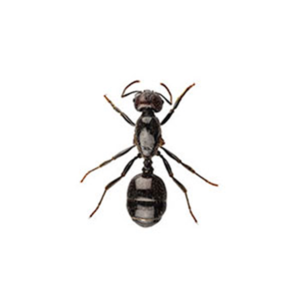Carpenter Ants in North Jersey
As their name suggests, carpenter ants are wood-destroying pests that spend their time building smooth tunnels and galleries through wooden structures. Though it’s easy to mistake them for termites, carpenter ants don’t actually eat the wood they destroy; instead, they simply excavate the wood to live inside of and feed on sugary honeydew. That said, their nest-building habits can still cause extensive and costly damage to homes and businesses. Over time, key support beams could hollow out and pose a safety hazard to residents or guests.
Carpenter Ant Habitat
A carpenter ant infestation could be a sign of moisture problems inside of your home or building, largely because these ants prefer to invade soft and water-damaged wood. Leaky rafters, overflowing gutters, wall voids, and broken plumbing can all create the perfect environment for carpenter ants. When outdoors, these ants typically stick to damp firewood, old tree stumps, and other sources of wet wood. Though they use strong mandibles to chew through the wood, they do not actually consume the cellulose; instead, they search for sugary substances such as fruit juices, or other insects that they can feed upon.
Carpenter Ant Behaviors, Threats, or Dangers
Carpenter ants may not bite or pose a direct threat to human health, but they are still a serious problem for home and business owners. Their burrowing habits can weaken the structural integrity of wooden structures, which could cause them to break down or snap over time. If you notice a swarm nearby, tiny piles of sawdust (also called “frass”), or holes in the wood of your home or building, you should seek help from a professional ant pest control technician right away. The longer an infestation goes on, the more damage it can cause. And unfortunately, carpenter ants are capable of accessing difficult-to-reach areas, making it hard to identify a colony – let alone get rid of it. An expert will be able to locate the carpenter ants and create an effective treatment to get them out of your property as quickly as possible.





